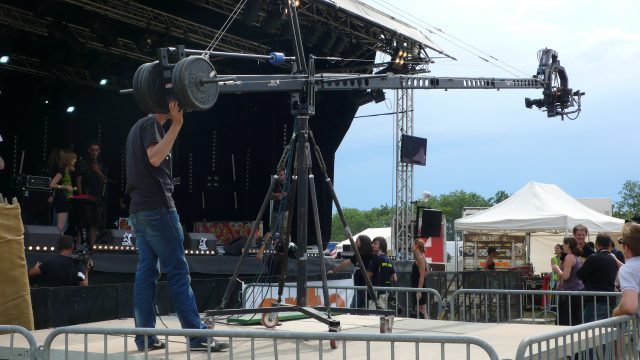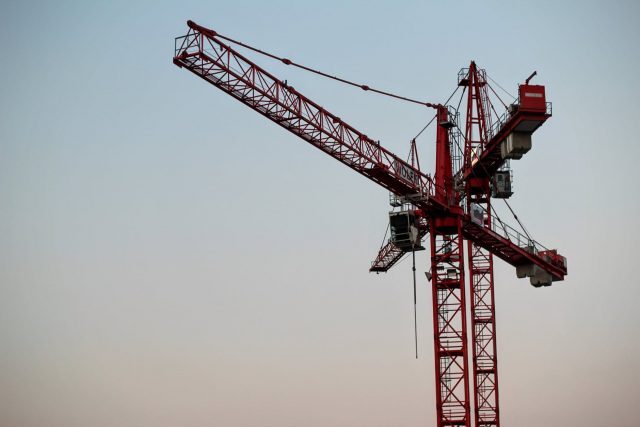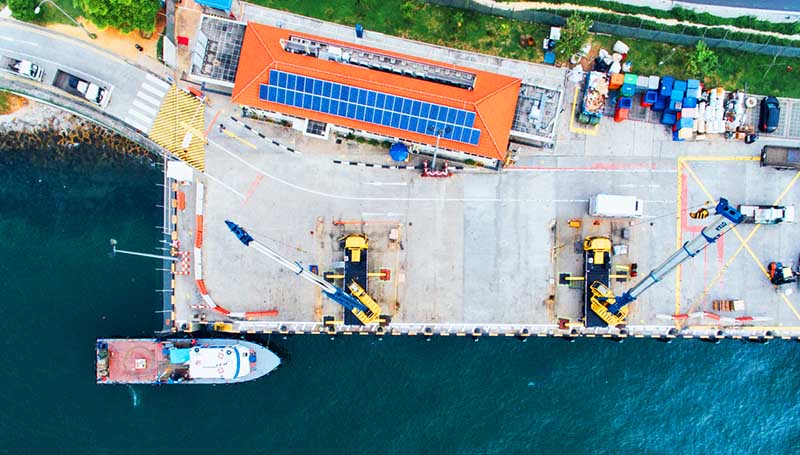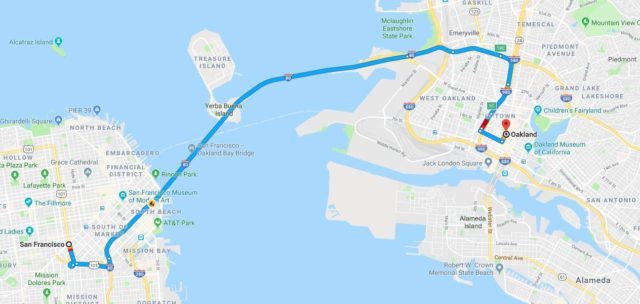When you picture a city what generally comes to mind is the skyline. A row of tall buildings representing the most successful companies and individuals of that area. Where would that skyline be if not for the mighty crane and it’s crane operator? Cranes are highly complex pieces of machinery which require a serious amount of training to operate. While crane operator isn’t going to be the number 1 most sought-after job, it is attractive to those interested in engineering. There is always a need for Bay area crane operators; the region is always under development
Hiring a new staff member for any role can be a painstaking exercise, from filtering through the applicants to interviewing them individually. Here at Sheedy, being one of the major Bay Area crane rental providers, we have experience with crane operators and know which qualities to look for.
Discipline
As one can imagine, sitting alone for extended periods of time in a confined space many feet above the ground can be unnerving. A good Bay area crane operator will be able to stay in that space while remaining attentive and focused on the task at hand.
The crane operator’s life should also be a fairly calm one, if your operator is going out after work every night then you will start to worry about how they work in the mornings. Not to say that an operator can’t have fun, just that they should know when to have fun and how to have fun without letting it affect their work.
Distraction can spell disaster when operating a crane, so if a potential operator shows traits of becoming easily distracted they may not be right for the job.
Dexterity
Manual dexterity or having good hand-eye coordination is another integral element in operating cranes. The movement that translates from the levers in the control room to the movement of the crane is exponential. Being able to work the delicate controls while concurrently looking ahead to where you’re moving the crane is a constant part of the job.
Beyond the control room, the operator should also be comfortable getting up and down the crane efficiently. Also they should be able to climb on to various parts of the crane for any necessary maintenance or repairs.
Checking someone’s dexterity can only really be done in person, and there are several ways which one can do so. Try coming up with your own innovative dexterity test as part of the interview process.
Critical Thinking
Undeniably important in every job imaginable, and in life in general. Critical thinking goes beyond blindly questioning everything as your conspiracy-crazy relatives may have you believe.
The true value lies in problem-solving and the ability to shift perceptions. This comes in handy with crane operation in that the unexpected can and will always happen.
Freaking out about something unexpected while in the control room of a crane is not ideal, and can be catastrophic. An apt critical-thinker will be able to respond to problems with viable solutions in real-time.
Measuring critical thinking is almost impossible, as many people have learned to feign it. As with the dexterity test, giving the example of a work-related problem can be a good way to see someone’s critical thinking.
Communication
While there is a degree of planning that goes into each day of working with a crane, constant communication is still key. Being able to understand, and report information is another necessary skill for life, and is especially important in crane operation. In fact, if someone shows excellent critical thinking, but terrible communication, then that critical thinking will count for nothing.
Good communication not only means knowing when to speak, but also when not to speak. If someone is constantly talking through the radio then that can lead to distractions on the rest of the site.
You will be able to gauge this from your (or your HR’s) interaction with them throughout the application process.
Qualification/Certification
Although it may seem obvious, ensure that any potential crane operators have the correct necessary qualifications to do the job. The modern job marketplace is cut-throat, and the scarcity has born opportunists who will embellish their ability to gain a job.
The classic movie Catch Me If You Can is a great example of charisma outshining legitimacy. Although thankfully these days checking how legitimate something is has become much easier.
These shouldn’t be the only qualities you look for in a Bay area crane operator, nor should a crane operator be the only role you’re looking for these qualities in. Trust the judgement of those around you as well as your own gut instinct, and make sure to double check their certification.
For all your Bay Area crane rental and rigging requirements, contact us today!

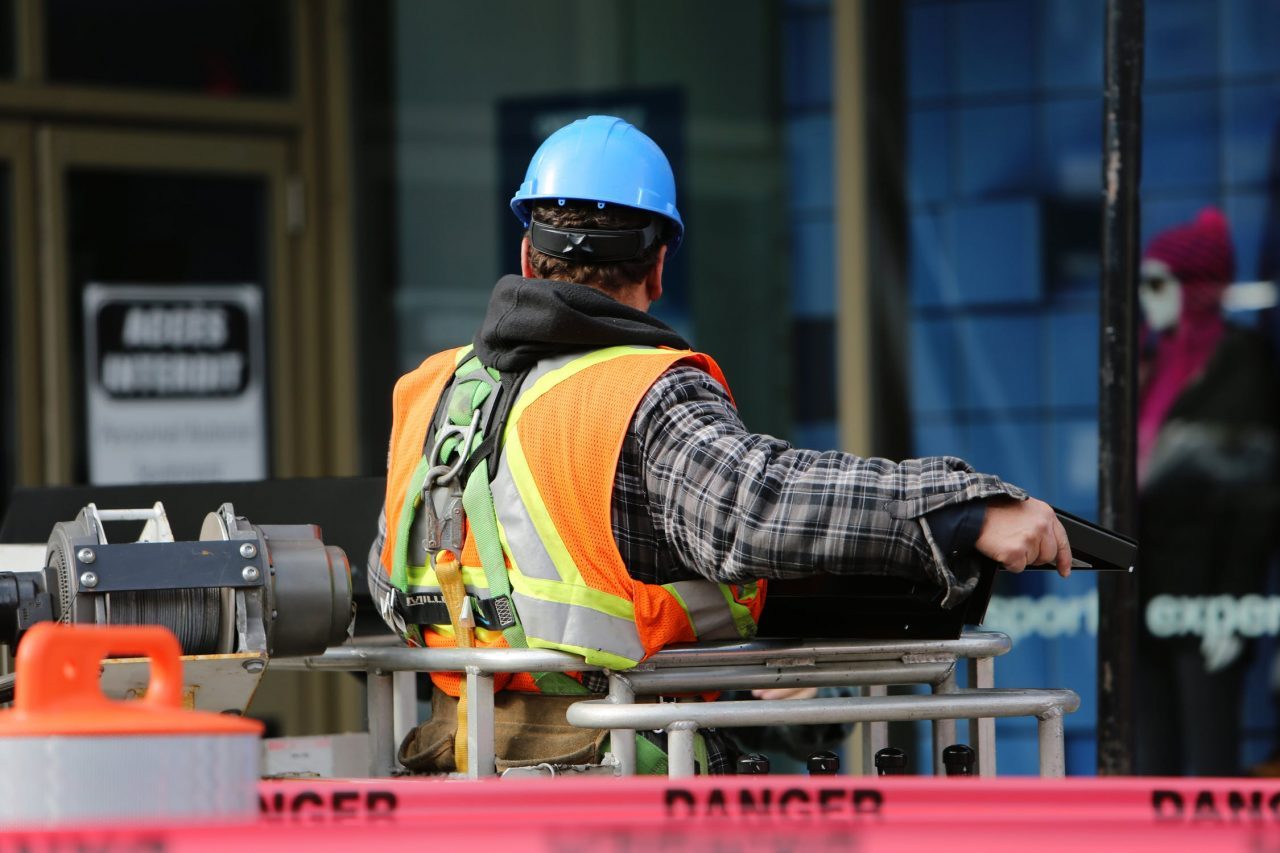
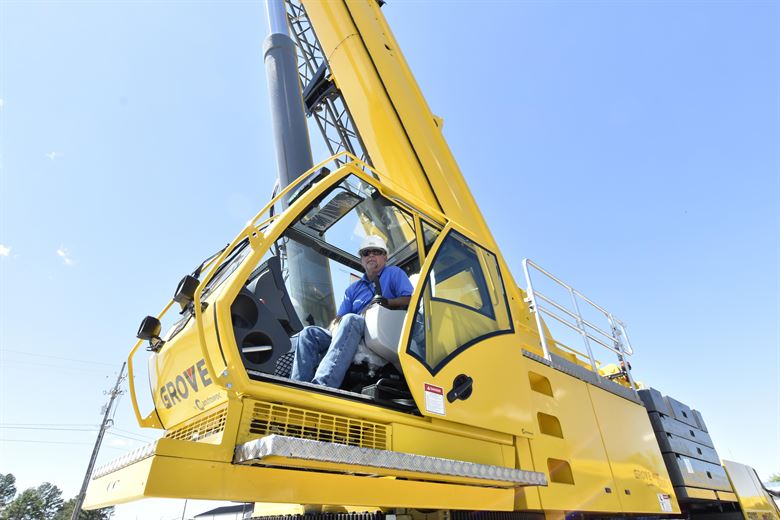

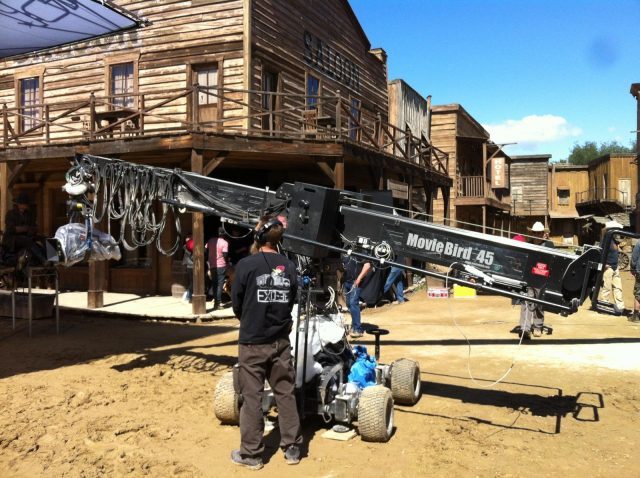 The ground-breaking addition of cranes to the repertoire of tools used in film production can be traced back to 1916, with the film
The ground-breaking addition of cranes to the repertoire of tools used in film production can be traced back to 1916, with the film 